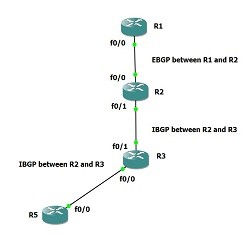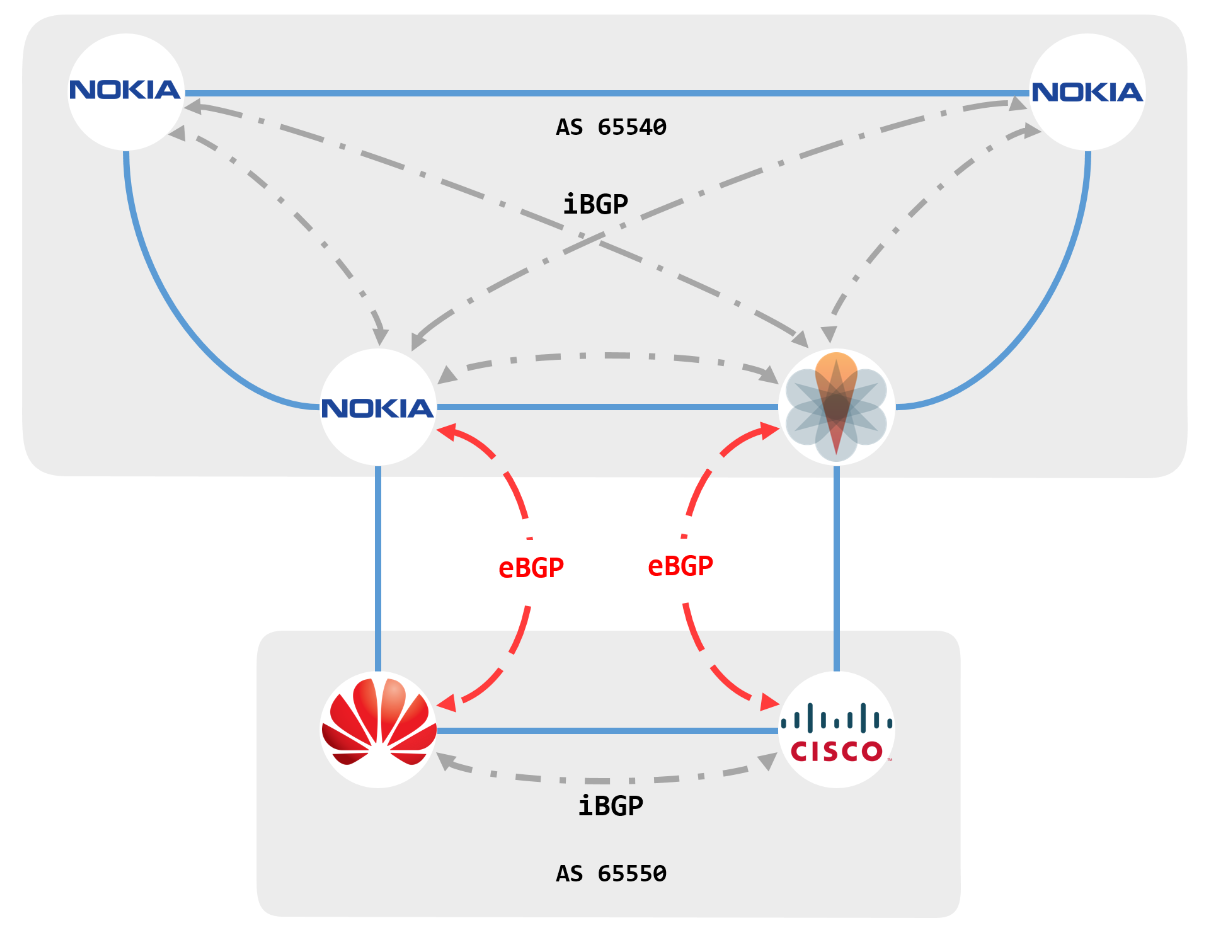

This sub prefers to share knowledge within the sub community.These posts will be deleted without mercy.These topics pollute our industry and devalue the hard work of others.Home Lab hardware discussions, as in "what do I buy for a homelab" are not permitted.Home Lab discussions, as a tool for learning & certifications are welcomed.Home Networks, even complex ones are best discussed elsewhere like /r/homenetworking.We aren't here to troubleshoot your "advanced" video game latency issues.Topics regarding senior-level networking career progression are permitted.This topic has been discussed at length, please use the search feature. Topics asking for information about getting into the networking field will be removed.Networking Career Topics are allowed with following guidelines: No Homework Topics without detailed, and specific questions.Enterprise /Data Center /SP /Business networking related.New Visitors are encouraged to read our wiki.Įnterprise & Business Networking topics such as:Įducational Topics & Questions are allowed with following guidelines: The last octet of your IPv4 address will always be an odd number.Routers, Switches, Firewalls and other Data Networking infrastructure discussions welcomed. This sample provides the subinterface definition for a subinterface with a single VLAN ID.
#Gns3 bgp examples series
The samples in this section apply to any Juniper MX series router. The example here is for the QinQ interface. You'll configure BFD in two places: one at the interface level and another at BGP level. See the following sample, and ensure that you have the appropriate prefix lists set up. Use route maps and prefix lists to filter prefixes propagated into your network. Set up prefixes to be advertised over the BGP sessionĬonfigure your router to advertise select prefixes to Microsoft by using the following sample. The last octet of the BGP neighbor's IPv4 address will always be an even number. If the IPv4 address that you used for your subinterface was a.b.c.d, then the IP address of the BGP neighbor (Microsoft) will be a.b.c.d+1. Set up a BGP session by using the following sample. You must set up a BGP session with Microsoft for every peering. The last octet of your IPv4 address will always be an odd number. The inner VLAN ID (c-tag) is unique per peering. The outer VLAN ID (s-tag), if used, remains the same across all peerings. This sample provides the subinterface definition for a subinterface with two VLAN IDs.

A subinterface can be identified with a VLAN ID or a stacked pair of VLAN IDs and an IP address. You'll need one subinterface per peering in every router that you connect to Microsoft. The samples in this section apply to any router running the IOS-XE OS family. Review ExpressRoute peerings and ExpressRoute routing requirements for more details on routing. The router configuration samples in this article apply to all peerings. Unlike an Azure VPN gateway, the TCP maximum segment size (MSS) for an ExpressRoute circuit does not need to be specified. Unless your router has a different MTU by default, there is no need to specify a value on the router interface.

The maximum transmission unit (MTU) for the ExpressRoute interface is 1500, which is the typical default MTU for an Ethernet interface on a router. MTU and TCP MSS settings on router interfaces Contact your device vendor for support issues. Microsoft won't support issues related to configurations listed in this page. You must work with your vendor's sales/technical team and your networking team to find appropriate configurations to meet your needs. Samples on this page are purely for guidance.


 0 kommentar(er)
0 kommentar(er)
